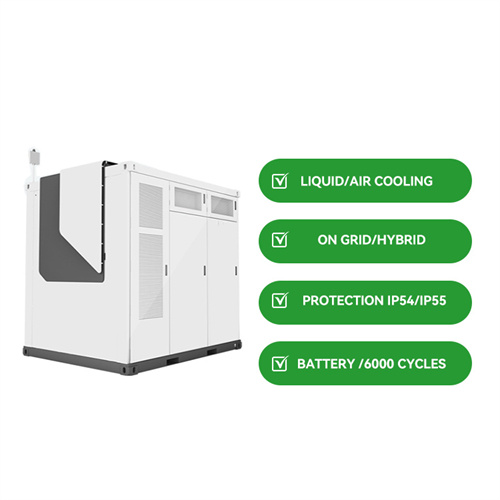About Secondary energy storage devices
The use of electricity generated from clean and renewable sources, such as water, wind, or sunlight, requires efficiently distributed electrical energy storage by high-power and high-energy secondary batteries us.
The use of electricity generated from clean and renewable sources, such as water, wind, or.
The common view that the multivalent ion is unsuitable for energy storage at a fast rate is not correct. Below we show that the storage of multivalent ions in certain host material with a la.
Generally, a battery composes of a cathode, an anode, an electrolyte and a separator. And battery chemistry is based on cathodic and anodic reactions occurring at the interface b.
The MnO2 powder has been synthesized by a one step process or co-precipitation technique19 (See Methods in SI). Electrodes were prepared by mixing 70 wt% of MnO2 or.
How to cite this article: Xu, C. et al. Secondary batteries with multivalent ions for energy storage. Sci. Rep. 5, 14120; doi: 10.1038/srep14120 (2015).
As the photovoltaic (PV) industry continues to evolve, advancements in Secondary energy storage devices have become critical to optimizing the utilization of renewable energy sources. From innovative battery technologies to intelligent energy management systems, these solutions are transforming the way we store and distribute solar-generated electricity.
When you're looking for the latest and most efficient Secondary energy storage devices for your PV project, our website offers a comprehensive selection of cutting-edge products designed to meet your specific requirements. Whether you're a renewable energy developer, utility company, or commercial enterprise looking to reduce your carbon footprint, we have the solutions to help you harness the full potential of solar energy.
By interacting with our online customer service, you'll gain a deep understanding of the various Secondary energy storage devices featured in our extensive catalog, such as high-efficiency storage batteries and intelligent energy management systems, and how they work together to provide a stable and reliable power supply for your PV projects.
Related Contents
- Secondary batteries are energy storage devices
- Secondary energy storage battery safety
- Secondary grid connection of energy storage
- Secondary utilization energy storage company
- Japan secondary battery energy storage station
- Secondary lithium battery energy storage
- Types of clockwork energy storage devices
- What is the impact of energy storage devices
- Muscat energy storage system power devices
- Grid energy storage devices
- Power devices for dutch energy storage systems
- Organic energy storage devices


